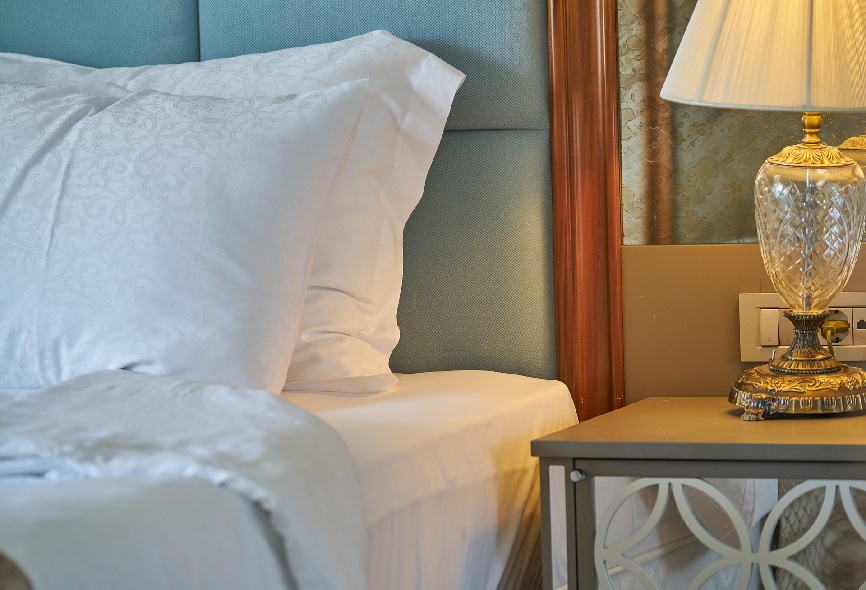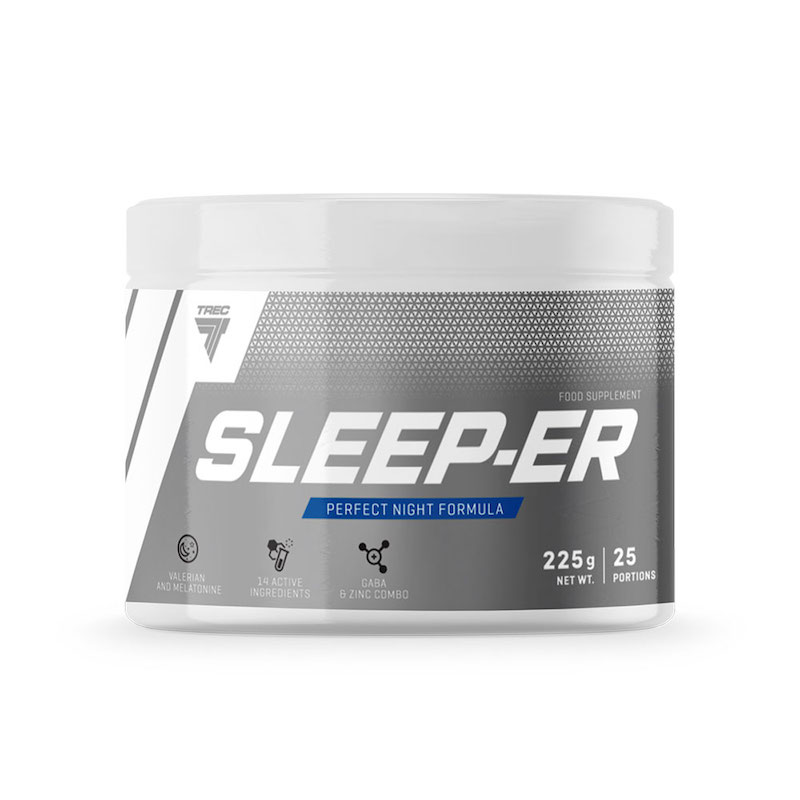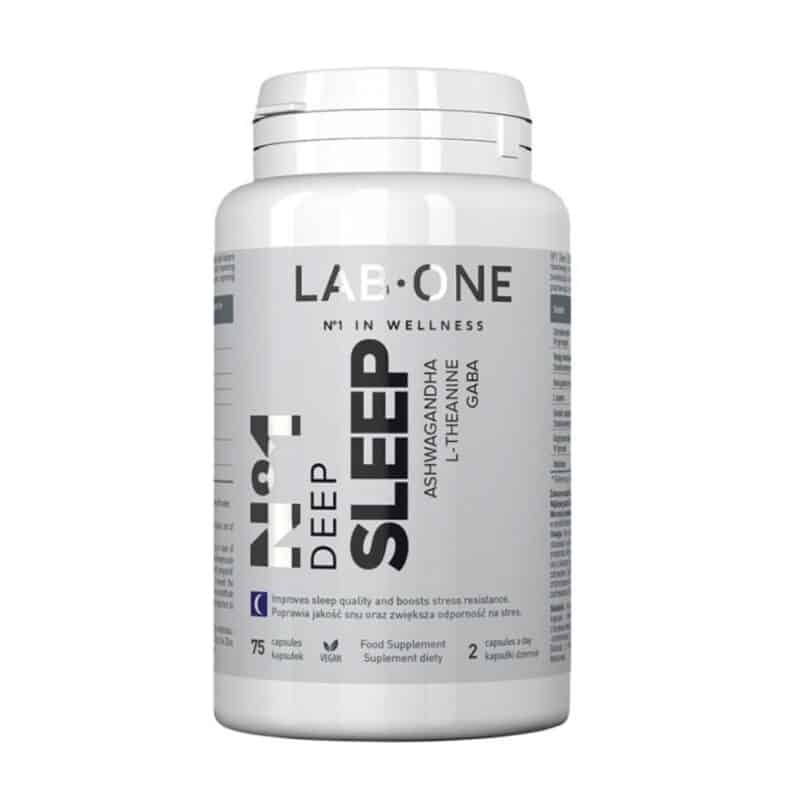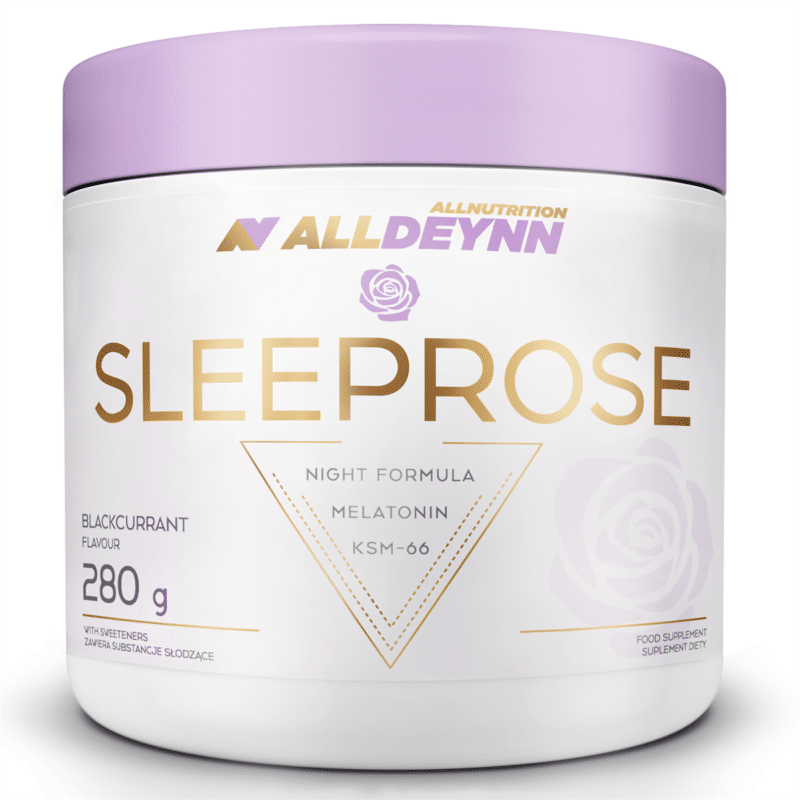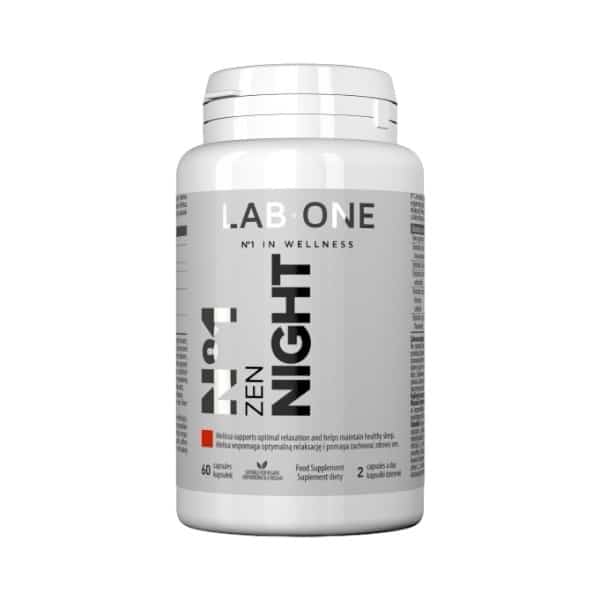“Is it true that more kip can actually boost a bloke’s testosterone?” If you’ve wondered that over your morning brew, you’re in the right place: this friendly, evidence‑savvy guide unpacks how a solid night’s sleep—think the right number of hours, smart timing before midnight, and steady routines—can influence hormone rhythms that peak before dawn. We’ll chat through the practical sleep targets that matter, what your body clock and REM/SWS are doing behind the scenes, what studies really show about short nights, catch‑up weekends and shift work, plus the everyday traps (late caffeine, booze, blue light, brutal workouts) that nick both sleep quality and T. You’ll get a simple two‑week plan to tighten your bedtime habits, a clear way to track progress and morning bloods, and a straight‑talk decision path for what to do next if levels don’t budge—all designed to be doable, science‑guided, and tailored for real life.
- Sleep Targets That Support Men’s Testosterone
- Inside the Night: Circadian Rhythm, REM, and Hormone Pulses
- Evidence Round‑Up: How Sleep Loss or Gain Shifts Testosterone
- Daily Pitfalls That Lower Sleep Quality and Testosterone
- A 14‑Day Sleep Plan to Nudge Testosterone Up
- Track Results: Sleep Data, Morning Bloods, and Next Steps
Sleep Targets That Support Men’s Testosterone
Men’s testosterone rises when sleep is consistent, deep, and long enough to let your body do its overnight repair work. Aim for 7–9 hours in bed with fixed bed and wake times—yes, even on weekends—so your circadian clock stays locked in. Getting a chunk of sleep before midnight often lines up with your natural melatonin rhythm and boosts the chance of slow‑wave sleep early in the night. Deep sleep (SWS) is where your brain and body hit recovery mode and where nocturnal testosterone secretion gets a solid pulse; REM sleep later supports neuroendocrine balance and mood, which keeps training consistency and libido on track.
- Target: 7–9 hours in bed; protect a non‑negotiable sleep window to support hormone production and morning testosterone peaks.
- Consistency beats perfection: same sleep and wake time every day to stabilise your circadian rhythm and improve sleep architecture.
- Pre‑midnight advantage: lights out by 22:00–23:00 to catch earlier slow‑wave sleep when anabolic signalling is most robust.
- Wind‑down 15–30 minutes: low light, screens off, and calm breathing to speed sleep onset and increase sleep efficiency.
Simple example week: Bed 22:30, Wake 06:30 (Mon–Sun), 15–30 mins wind‑down with dim lights and phone parked outside the bedroom. Timeline: 22:30 lights out → 00:00 SWS peak → 03:00 REM cycles → 06:30 wake. This structure keeps testosterone production aligned with your biology, supports better muscle recovery, steadier libido, and more reliable training performance—no biohacking fluff, just boring consistency that actually moves the needle.
Inside the Night: Circadian Rhythm, REM, and Hormone Pulses
Your body isn’t winging it after dark; it’s running a precision schedule. The brain’s suprachiasmatic nucleus (SCN) sets the master clock, cueing the pituitary to fire LH pulses at night, which signal the testes to ramp up testosterone production. Think of LH pulses as timed fuel injections during deep sleep, pushing levels higher as you slide through REM-rich cycles. Here’s the chain, clean and simple:
• SCN → LH pulses → testosterone surge before dawn
Miss sleep and that rhythm goes off-beat. Short nights and late screens desynchronise the SCN, flatten LH signalling, and your morning numbers pay for it.
There’s another twist: cortisol naturally peaks in the morning, and if you stack sleep debt and stress, that rise can blunt your testosterone response. Keep it boringly effective: anchor a consistent sleep window (7–9 hours), dim blue light 90 minutes pre-bed, and keep wake time fixed—even after a rough night. That protects your circadian rhythm, preserves those nocturnal LH bursts, and sets you up for a stronger pre-dawn lift rather than a flatline. Conclusions: protect the clock, guard deep sleep, and your hormones will do the heavy lifting while you’re out cold.
Evidence Round‑Up: How Sleep Loss or Gain Shifts Testosterone
Short sleep tanks morning testosterone—and it happens fast. Controlled lab data show that cutting sleep to ~5 hours per night for a week can drive a ~10–15% drop in morning testosterone in healthy young men (n=10, age ~24) with effects showing up within days. On the flip side, a consistent 7–8 hours with a steady wake time supports stable, optimal levels and tighter circadian alignment. Rotating shift work and social jet lag are bad news: long‑term circadian disruption links to lower average testosterone and blunted morning peaks (e.g., cohort and cross‑sectional studies in working‑age men; n>300; age 25–60). And that weekend “catch‑up”? It helps, but it’s a partial rebound at best—sleep debt isn’t fully repaid. Bottom line: sleep duration, regularity, and circadian timing matter more than heroic recovery naps.
| Sleep Pattern | Typical Effect on Testosterone | Notes |
|---|---|---|
| 5 h/night for 1 week | ~10–15% morning drop | Rapid change observed |
| 7–8 h/night, consistent schedule | Stable/optimal levels | Consistency matters |
| Weekend “catch‑up” after restriction | Partial recovery | Cannot fully compensate for lost sleep |
Daily Pitfalls That Lower Sleep Quality and Testosterone
Caffeine looks harmless until it wrecks your deep sleep. Set a hard caffeine cut-off at 14:00 so the 5–7 hour half-life doesn’t creep into your night. Swap the 4 p.m. espresso for decaf or herbal tea like peppermint or rooibos to keep the ritual without the sleep disruption. Next up is alcohol: keep it to ≤1–2 units and avoid it within 3 hours of bed. It may knock you out, but it suppresses REM and fragments sleep architecture, which can blunt next‑day anabolic hormones. If you train hard, finish intense sessions at least 3+ hours before bedtime and go warm, not wired—light mobility, nasal breathing, and a blue‑light filter after sunset. The combo of reduced evening arousal and lowered light exposure boosts melatonin and protects sleep quality, which supports stable morning testosterone.
For shift work or jet lag, anchor a consistent sleep block you can hit daily (even if it’s shorter), then use bright‑light timing like a lever: bright light on wake to lock your clock, dim lights and screens 2 hours pre‑bed. If you snore, wake unrefreshed, or stop breathing at night, that’s a red flag—snoring/obstructive sleep apnoea crushes REM and can lower testosterone; see a clinician for assessment. Practical swaps that move the needle:
- Last coffee at lunch;
- Alcohol with the first meal, not the last;
- Hard training after work? Bring it forward or push it to late morning;
- Phone on warm colour temperature after sunset.
- Fancy a little extra help winding down? Try one of our evening-friendly products designed to support relaxation and better sleep.
Small, repeatable wins compound into stronger hormonal balance.
Habit | Problem | Better Choice | Why It Helps |
|---|---|---|---|
Afternoon caffeine (16:00 latte) | Delayed sleep onset, shallow deep sleep | Decaf flat white or herbal tea after 14:00 | Reduces sleep latency; supports nocturnal hormone recovery |
Evening alcohol (2 pints at 21:00) | REM suppression, frequent awakenings | ≤1–2 units with dinner, none within 3 hours of bed | Preserves REM cycles and next‑day anabolic profile |
Late heavy training (20:30 HIIT) | Elevated core temp and adrenaline at lights‑out | Finish intense work ≥3 hours pre‑bed; evening mobility only | Lowers arousal; improves melatonin onset and sleep quality |
Blue light after sunset | Melatonin suppression | Blue‑light filters, warm lamps, screen‑time cap | Supports circadian alignment and stable morning testosterone |
Shift work/jet lag | Clock misalignment, fragmented sleep | Fixed anchor sleep block + morning bright light | Resets rhythm; reduces hormonal volatility |
Snoring/apnoea symptoms | Oxygen dips, REM loss, low testosterone | Clinical assessment (e.g., home sleep study) | Restores sleep architecture; improves daytime energy |
A 14‑Day Sleep Plan to Nudge Testosterone Up
Week 1 is all about consistency and environment. Pick a non‑negotiable wake time and stick to it every single day to stabilise your circadian rhythm—that’s the anchor for better sleep quality and steadier hormones. Tighten your wind‑down: dim lights to curb evening blue light, take a warm shower, and swap the phone for a paper book. Keep the bedroom cool at 17–19°C, properly dark and quiet to drive deeper slow‑wave sleep, the stage tied to healthier morning levels. A simple evening flow that actually works: 21:30 screens off → 21:45 gentle stretch/breathing → 22:00 jot tomorrow’s tasks (journal) → 22:15 shower → 22:30 lights out. If you slip, protect the wake time and take one 20‑minute nap early afternoon only—never after 15:00—to avoid wrecking night sleep.
Week 2 is a strategic bump in time‑in‑bed. If you’re still waking unrefreshed, extend your time in bed by 15–30 minutes while keeping the same wake time. This gentle increase often lifts REM and deep sleep, supporting more stable morning levels without bloating your schedule. Keep the wind‑down ritual identical—same cues, same order—so your brain recognises it’s shut‑down o’clock. Small wins compound: cooler room, darker space, quieter setup, and zero doom‑scrolling are boring but brutally effective. Conclusion: lock the wake time, standardise the wind‑down, optimise the room, and only then add minutes. That combination is the most reliable, low‑friction path to better sleep architecture and a nudge in morning levels—no gimmicks, just disciplined, repeatable habits.
Track Results: Sleep Data, Morning Bloods, and Next Steps
Start simple: keep a daily note with time in bed, sleep latency (how long it took to fall asleep), awakenings, and next‑day perceived energy. A wearable can help, but a basic log often tells you more about sleep quality than flashy graphs. Aim for a consistent schedule, dim evenings, and a cool, dark room, then watch how your morning energy and training performance shift. Pair those notes with honest lifestyle checkpoints: alcohol intake, late screens, late meals, and stress. Keep it tight, real, and trackable—undefined habits become clear when they hit the page.
For the hard data, book morning testosterone testing between 08:00–10:00, fasted, with no heavy training or alcohol for 24–48 hours. Ask for total testosterone, SHBG, free testosterone (calculated), plus LH and prolactin to understand upstream signals. Re‑test 2–3 times, spaced 1–2 weeks apart, and line those results up with your sleep log to spot real trends, not noise. Quick decision tree: if levels are low after 2–4 weeks of better sleep, audit weight, alcohol, medications (e.g., SSRIs, opioids), and snoring/sleep apnoea. If symptoms keep biting—low drive, low mood, flat mornings—book with a GP or sleep clinic for a proper work‑up.
Frequently Asked Questions
How quickly could better sleep influence my testosterone levels?
Some men notice changes within 1–2 weeks of consistent 7–9 hours and a fixed wake time, but confirm with morning tests repeated 1–2 weeks apart to see a real trend.
Does napping help or hurt testosterone?
Short early‑afternoon naps (10–20 minutes, before 15:00) can aid recovery without disrupting night sleep, but they don’t replace the testosterone benefits of a full night’s sleep.
Which supplements, if any, are worth considering for sleep that may support testosterone?
Before reaching for supplements, focus first on a regular sleep routine and a good sleep environment. If extra support is needed, you could try products from our range designed to help you relax and improve sleep quality.
Can evening workouts still work if evenings are my only option?
Yes—finish intense work at least 3 hours before bed, use a proper cooldown, dim lights afterwards, and wear blue‑light filters to protect REM and sleep onset.
When should I see a clinician about low testosterone despite better sleep?
If symptoms (fatigue, low libido, morning erection loss) persist after 2–4 weeks of improved sleep and lifestyle, or if you snore loudly, pause breathing, or have resistant hypertension—see your GP or a sleep clinic.

